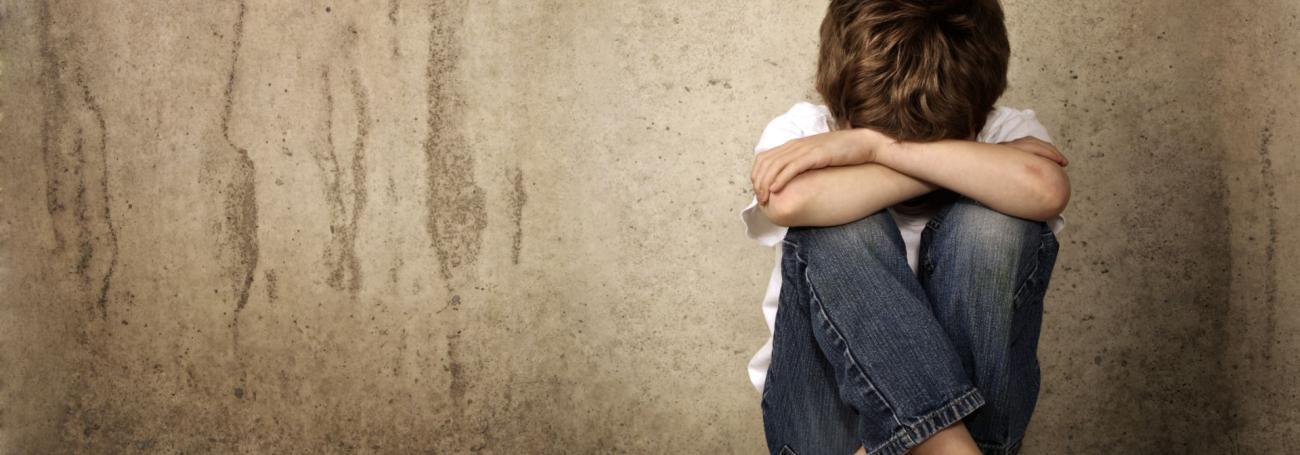Barnes, J.E., Noll, J.G., Putnam, F.W. and Trickett, P.K. (2009). Sexual and physical revictimization among victims of severe childhood sexual abuse. Child Abuse & Neglect 33(7):412–420.
Broman-Fulks, J.J., Ruggiero, K.J., Green, B.A., Smith, D.W., Hanson, R.F., Kilpatrick, D.G. and Saunders, B.E. (2009). The latent structure of posttraumatic stress disorder among adolescents. Journal of Traumatic Stress 22(2):146–152.
Crosson-Tower, C. (2020). Understanding child abuse and neglect. Tenth ed. Boston: Pearson Higher Education.
Cyr, M., Frappier, J.Y., Hébert, M., Tourigny, M., McDuff, P. and Turcotte, M.E. (2016). Psychological and physical health of nonoffending parents after disclosure of sexual abuse of their child. Journal of Child Sexual Abuse 25(7):757–776.
Finkelhor, D. and Shattuck, A. (2012). Characteristics of crimes against juveniles. Durham, NH: Crimes against Children Research Center.
Finkelhor, D., Turner, H.A., Ormrod, R.K. and Hamby, S.L. (2009b). Violence, abuse, and crime exposure in a national sample of children and youth. Pediatrics 124(5):1411–1423.
Kendall-Tackett, K.A., Williams, L.M. and Finkelhor, D. (1993). Impact of sexual abuse on children: a review and synthesis of recent empirical studies. Psychological Bulletin 113(1):164–180. Doi: 10.1037/0033-2909.113.1.164.
Klar-Chalamish, C. and Peleg-Koriat, I. (2021). From trauma to recovery: restorative justice conferencing in cases of adult survivors of intrafamilial sexual offenses. Journal of Family Violence 36(8):1057–1068. Https://doi.org/10.1007/s10896-020-00239-0.
Maniglio, R. (2010). Child sexual abuse in the etiology of depression: a systematic review of reviews. Depression and Anxiety 27(7):631–642. Doi: 10.1002/da.20687.
McGlynn, C., Westmarland, N. and Godden, N. (2012). ‘I just wanted him to hear me’: sexual violence and the possibilities of restorative justice. Journal of Law and Society 39(2):213–240. Https://doi.org/10.1111/j.14676478.2012.00579.x.
Mercer, V., Madsen, K.S., Keenan, M. and Zinsstag, E. (2015). Doing restorative justice in cases of sexual violence: a practice guide. Leuven: Leuven Institute of Criminology.
Morris, A. (2002). Children and family violence: restorative messages from New Zealand. In: H. Strang and J. Braithwaite (eds.) Restorative justice and family violence, pp. 89–107. Cambridge: Cambridge University Press.
Paige, J. and Thornton, J. (2015). Healing from intra-familial child sexual abuse: the role of relational processes between survivor and offender. Children Australia 40(3):242–259.
Pereda, N., Guilera, G., Forns, M. and Gómez-Benito, J. (2009). The prevalence of child sexual abuse in community and student samples: a meta-analysis. Clinical Psychology Review 29(4):328–338.
Putnam, F.W. (2003). Ten-year research update review: child sexual abuse. Journal of the American Academy Child and Adolescent Psychiatry 42(3):269–278.
Schreier, A., Pogue, J.K. and Hansen, D.J. (2017). Impact of child sexual abuse on non-abused siblings: a review with implications for research and practice. Aggression and Violent Behavior 34:254–262.
Spataro, J., Mullen, P.E., Burgess, P.M., Wells, D.L. and Moss, S.A. (2004). Impact of child sexual abuse on mental health: prospective study in males and females. British Journal of Psychiatry 184(5):416–421.
Stoltenborgh, M., van Ijzendoorn, M.H., Euser, E.M. and Bakermans-Kranenburg, M.J. (2011). A global perspective on child sexual abuse: meta-analysis of prevalence around the world. Child Maltreatment 16(2):79–101.
Stubbs, J. (2002). Domestic violence and women’s safety: feminist challenges to restorative justice. In: H. Strang and J. Braithwaite (eds.) Restorative justice and family violence, pp. 42–61. Cambridge: Cambridge University Press.
Walgrave, L. (2008). Restorative justice, self-interest and responsible citizenship. Cullompton: Willan.
Whiffen, V.E. and Macintosh, H.B. (2005). Mediators of the link between childhood sexual abuse and emotional distress: a critical review. Trauma Violence Abuse 6(1):24–39.
World Health Organization. Violence and Injury Prevention Team & Global Forum for Health Research (1999). Report of the Consultation on Child Abuse Prevention, 29–31 March 1999. Geneva: World Health Organization.


